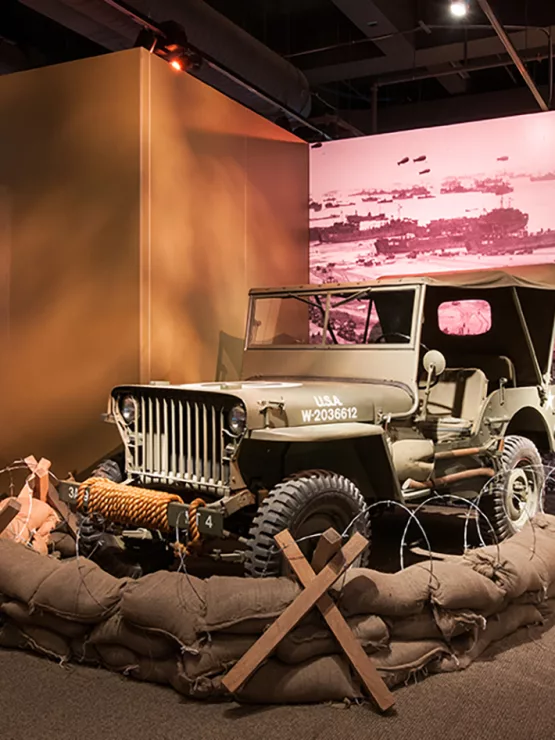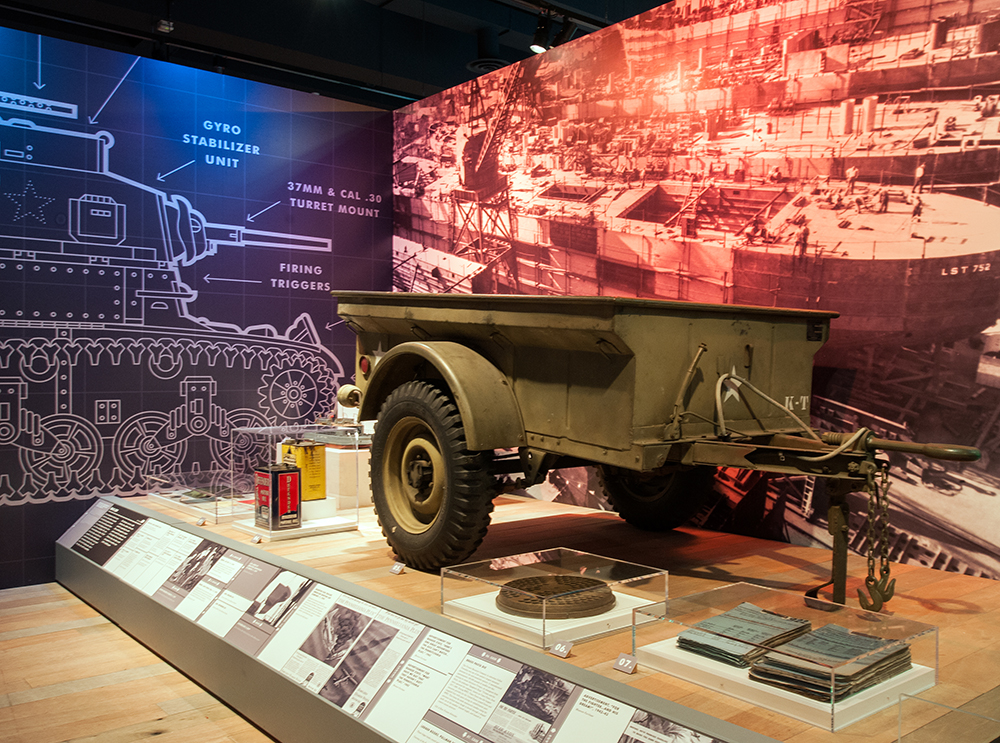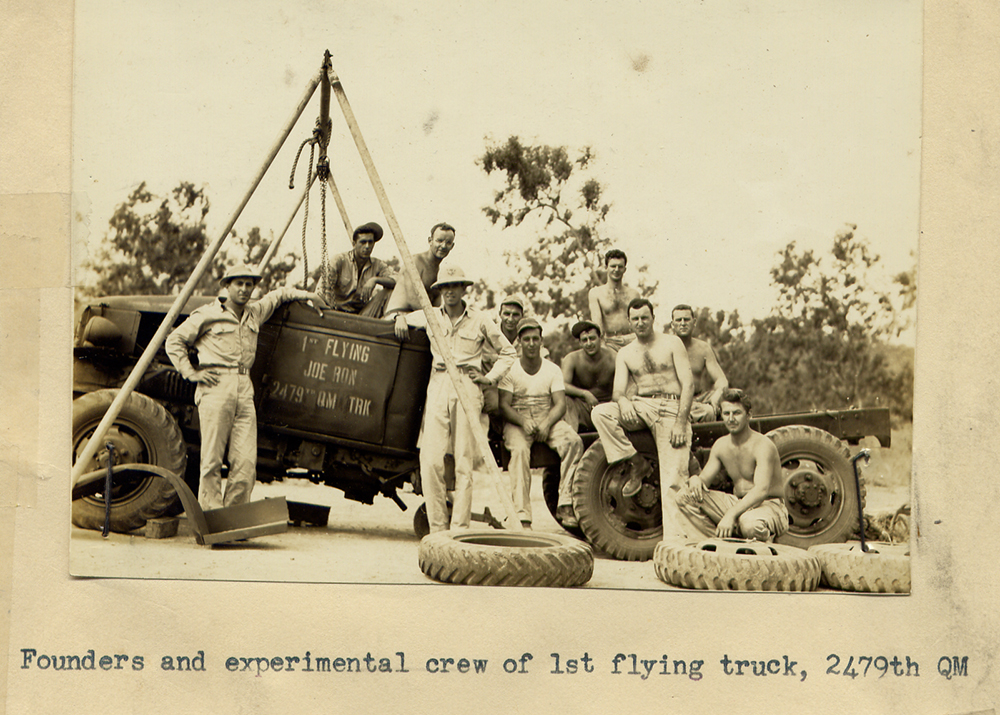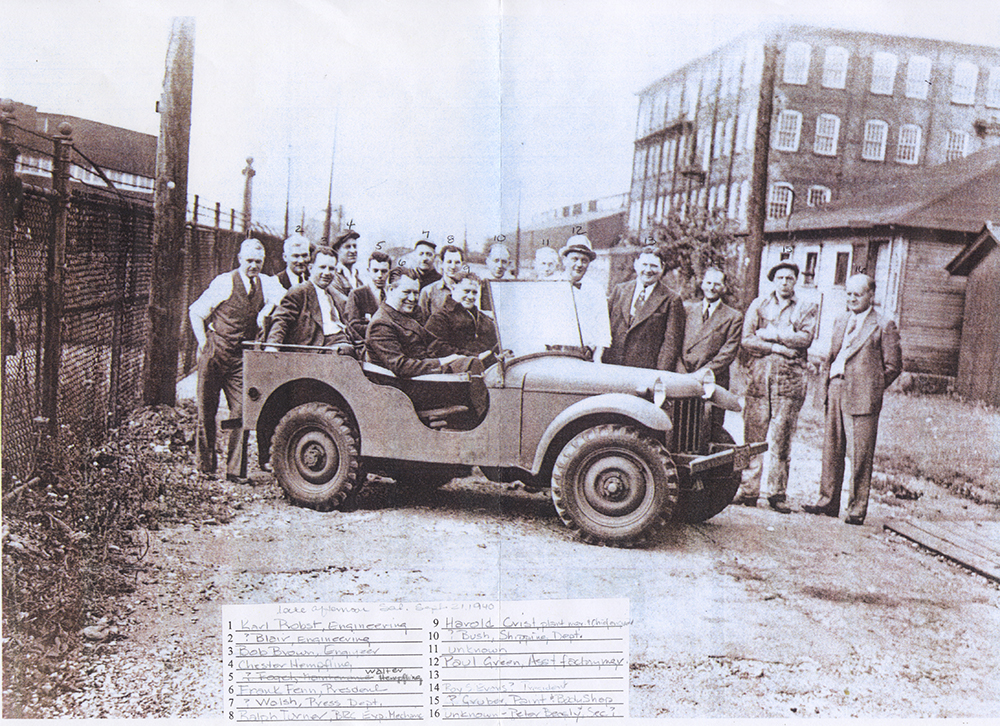
No World War II exhibit would be complete without a few good vehicles. The story of the war revolved around transportation. From the jeep to the LST (Landing Ship, Tank) and the C-47 cargo plane, the United States’ ability to move massive numbers of men and machines to battle locations around the globe contributed greatly to the Allied victory.
The Heinz History Center features seven vehicles as part of the new We Can Do It! WWII exhibition. One of the stars of the show is “Gramps,” the 1940 Bantam Reconnaissance Car, born in Butler, Pa. and honored as one of the earliest known surviving jeeps. This rare artifact appears courtesy of the Smithsonian’s National Museum of American History.
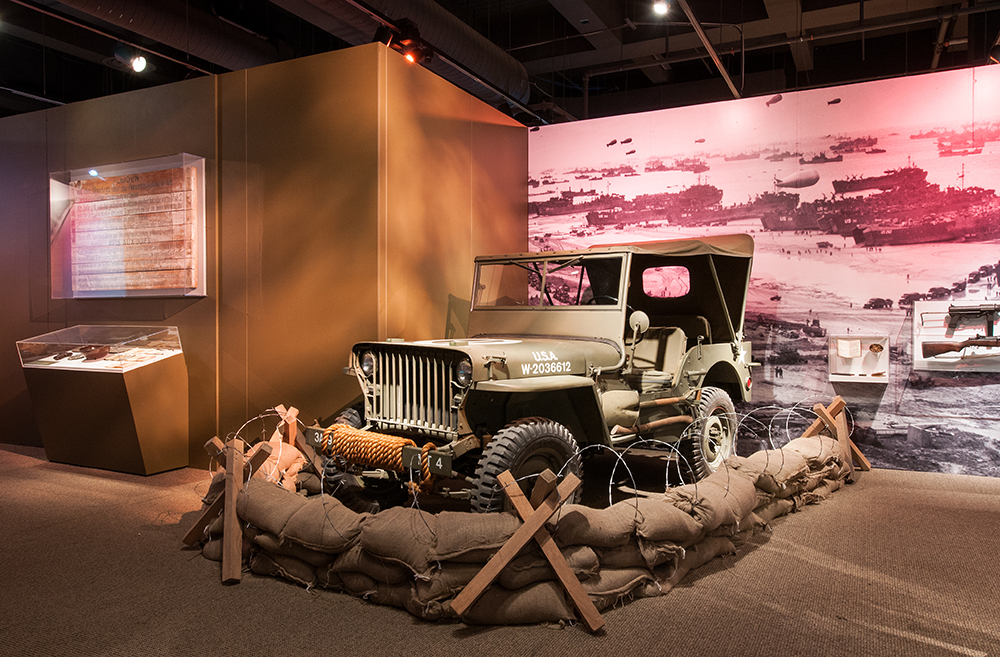
But other vehicles in the exhibit come from people working to preserve America’s WWII transportation heritage much closer to home. Five of them – including a 1941 Willys slat-grilled jeep, a Bantam jeep trailer, and a Dodge WC-51 weapons carrier truck – appear courtesy of members of the First Frontier Mechanized Cavalry (FFMC). This military vehicle collector group includes members from Western Pennsylvania, Eastern Ohio, and Northern West Virginia, and is an affiliate of the national Military Vehicle Preservation Association (MVPA).
While the FFMC welcomes all types of historic military vehicles, their focus is on World War II. A number of the pieces they’ve shared tell specifically Western Pennsylvania stories. For example, a Bantam jeep trailer, also made in Butler, accompanies the Smithsonian loan of “Gramps.” This artifact completes the tale of Bantam’s heroic effort to create the Jeep prototype, only to lose the larger government jeep contract to Willys and Ford. Bantam’s 1942 contract to produce 5,000 jeep trailers is often called the company’s “consolation prize.”
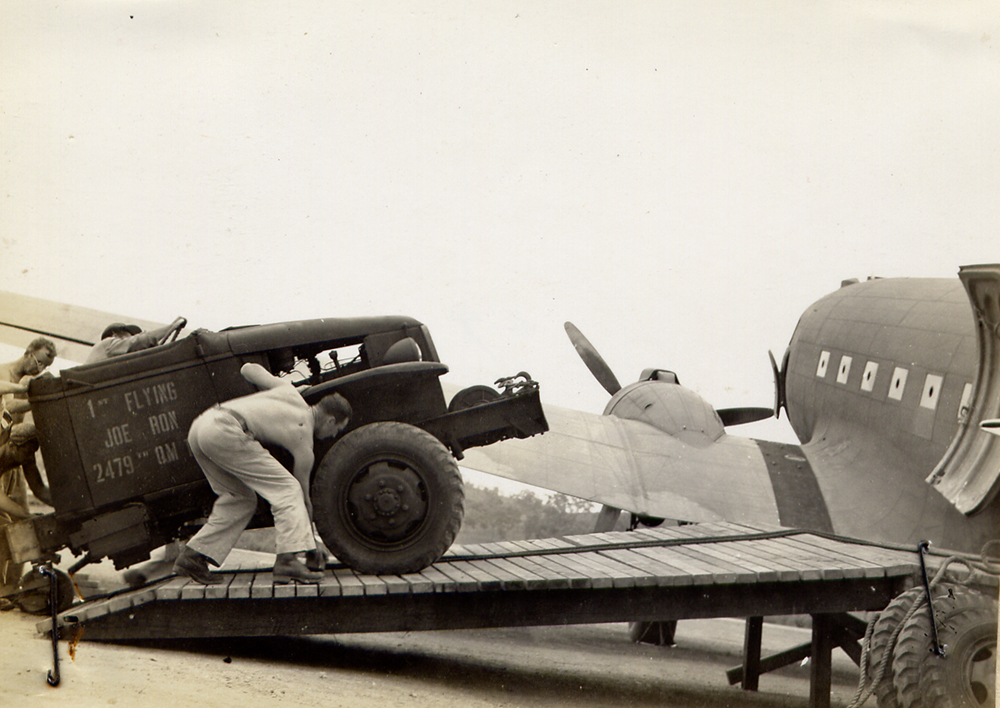
A restored Dodge WC-51 truck inside the exhibit tells another Western Pennsylvania tale. The truck illustrates the remarkable story of how Indiana, Pa. native Ron Bagley, serving in New Guinea with a Quartermaster unit, helped to invent “air transportable” vehicles – trucks that could be split in two, loaded onto two C-47 cargo planes (the weight of one truck exceeded the freight limit of a single plane), flown to a destination, then reassembled again. This invention led to the creation of a fleet of thousands of air transportable vehicles that allowed Allied forces to build, resupply, and defend bases in remote areas of the Pacific.
FFMC members have many more stories to share. Join us on Saturday, July 25, when FFMC lenders will be on hand in the gallery of We Can Do It! WWII from 1-3 p.m. to talk about their vehicles and their work preserving America’s military transportation past as part of the Innovating for Victory program.
Learn more about the Military Vehicle Preservation Association at their website.
Leslie Przybylek is curator of history at the Heinz History Center and lead curator of the We Can Do It! WWII exhibit.
